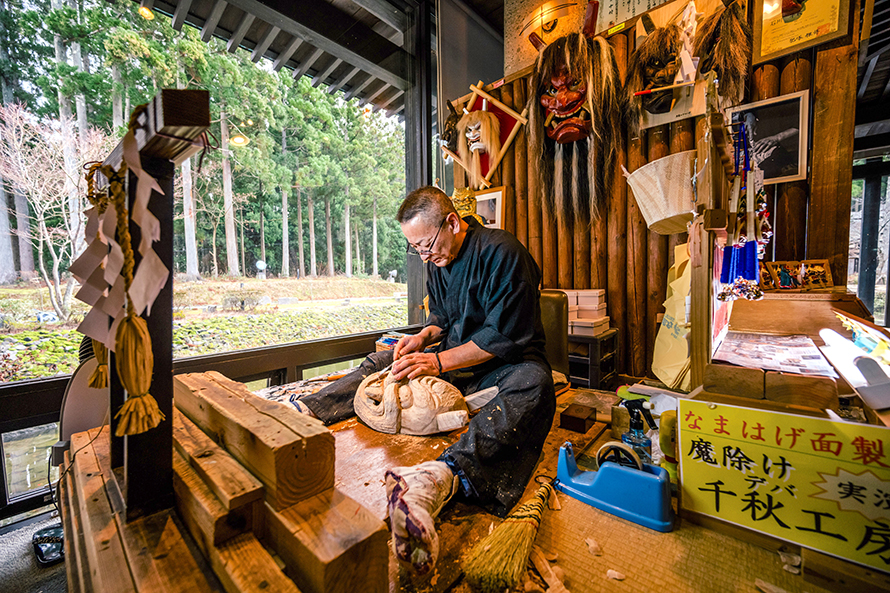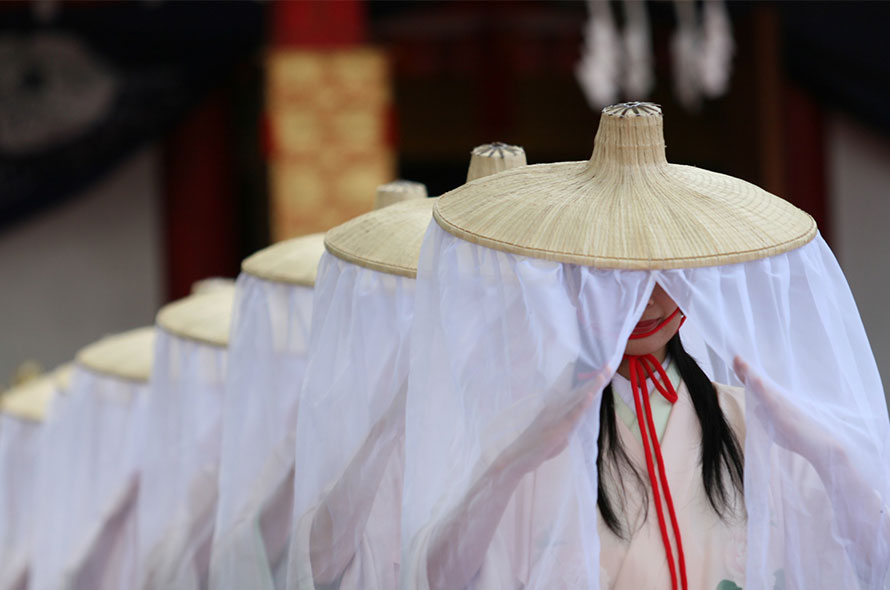Perfecting the art of making Namahage Masks
Ishikawa has dedicated his entire life to perfecting the art of making Namahage Masks. His father too was a Namahage Mask craftsman, who had made masks for the region he belonged to. Initially, these were used in the rituals, but later he started to produce them as a commercial product. Thanks to him and his son, Ishikawa Senshu’s beautiful and scary masks, Namahage got known in other areas of Japan as well.
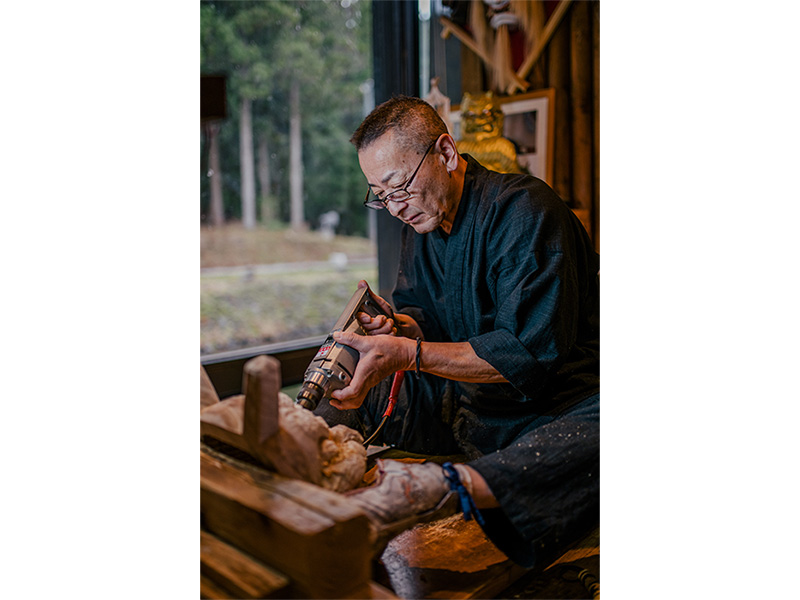
Ishikawa is in the middle of the process of carving out the inside of the face, while I sit down next to his humble workspace in the Museum. He is wearing traditional Japanese attire and works almost exclusively with manual tools. The sole exception is an electric drill, used to make holes so that the wearer of the mask can see the outside world.
“I feel sorry for the kids when I see how frightened some of them are because of my work. But I also take great pride in being part of this tradition,” he tells me as he tirelessly perfects yet another oni’s mouth. “In the end, we scare them for a good cause, and I believe that the Namahage contributes to teaching the children about the important virtues in life.” Each mask takes him roughly one day to make, from start to finish. But some of the work, such as attaching the hair, and painting the masks, is outsourced to other members of his family.
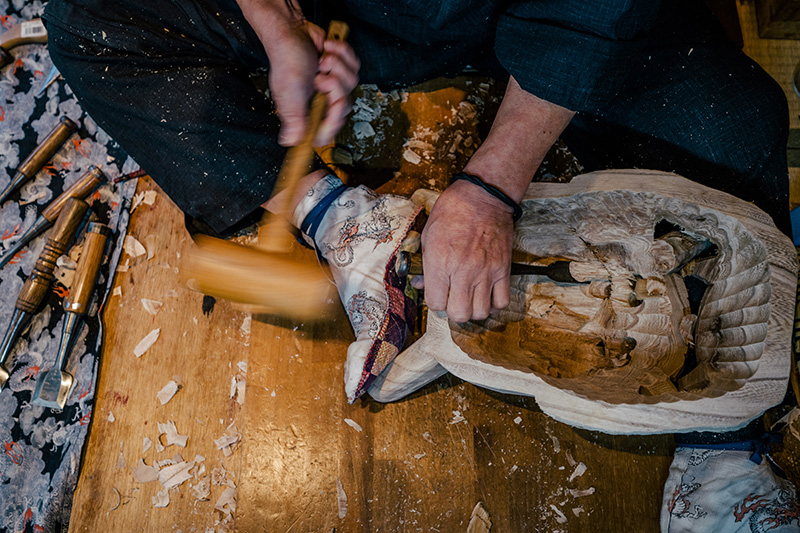
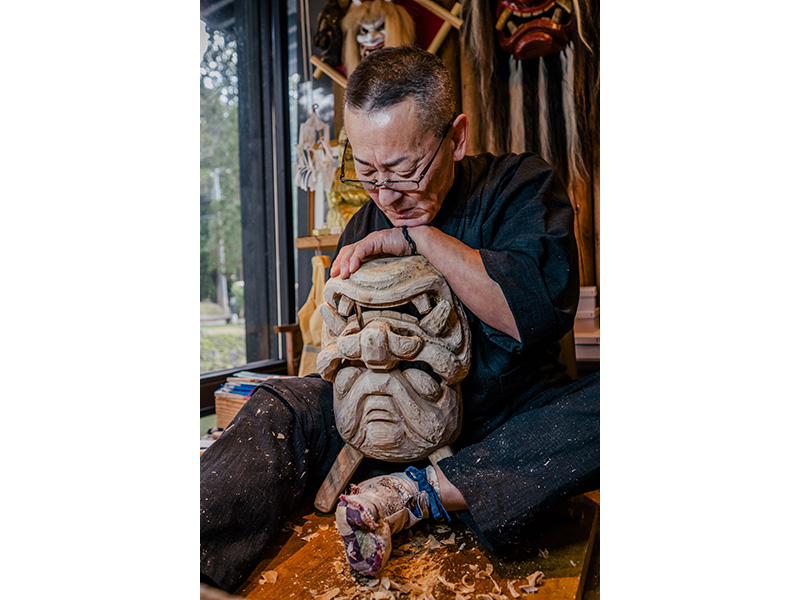
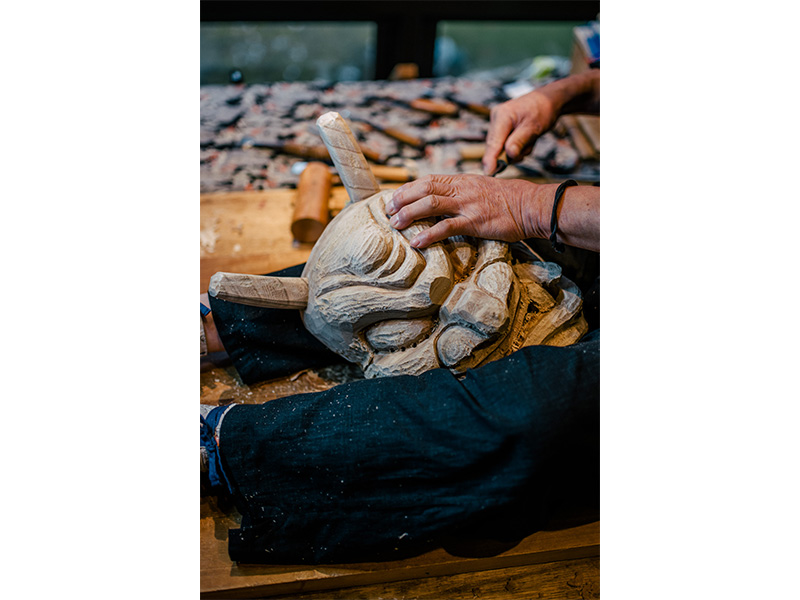
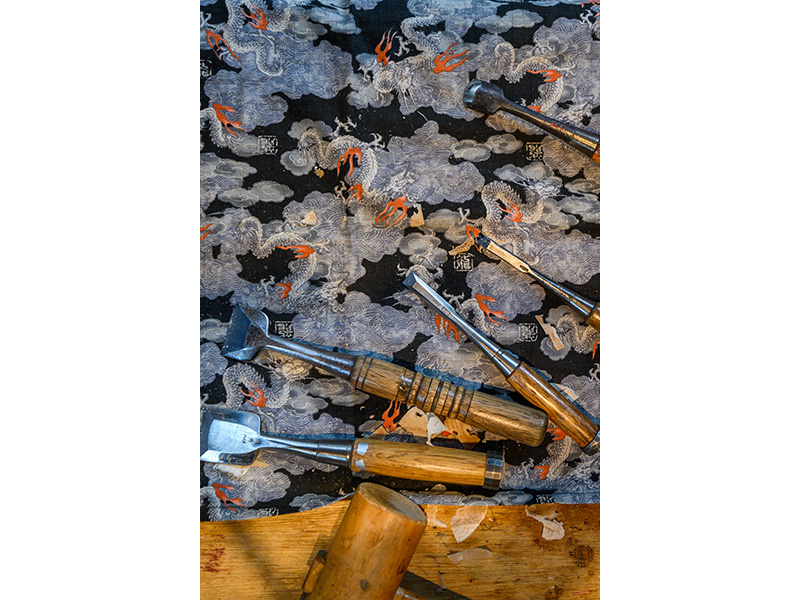
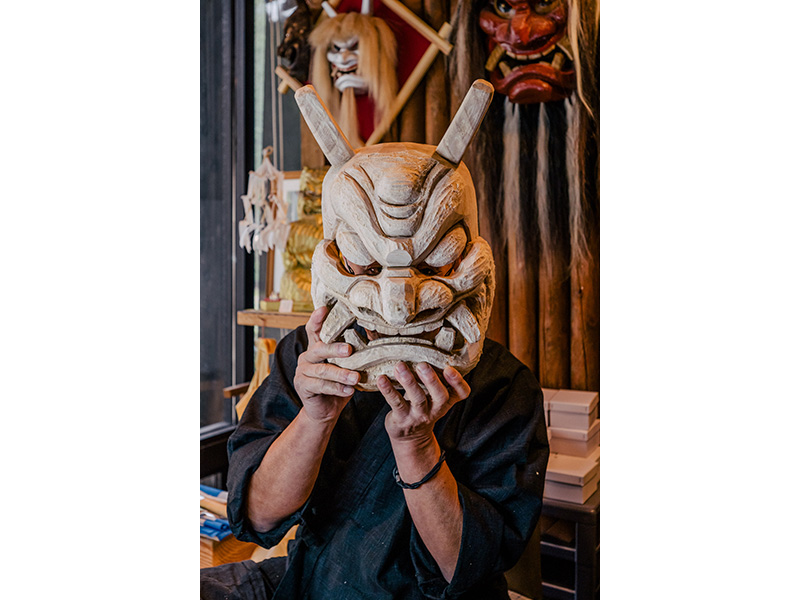





“Although they are all based on my father’s original design, each mask comes out slightly different”, he tells me. Adding that the element of uncertainty to the job is one of the reasons that he doesn’t get bored despite spending more than 30 years of his life carving these scary yet beautiful pieces of art.
But the future of his handcrafted masks is uncertain. Ishikawa admits that there’s currently a decreasing demand for his work. “I think there’s a growing challenge to preserve the tradition, as the number of people actually taking part in the Namahage ritual is getting smaller each year”. He is referring to the population decline currently taking place in most of rural Japan, including the Oga Peninsula.
A growing interest from abroad
However, in 2018 UNESCO added Namahage, along with a handful of other Japanese folk characters, to their Intangible Cultural Heritage of Humanity list. Thanks to this, the interest for this local tradition has gotten a well-needed boost, particularly from abroad. According to staff at the Namahage Museum, there’s currently an growing interest and the number of foreign visitors to the museum has been on the increase this year.
“Also, it’s good that people are getting to know that the Namahage doesn’t always look like the mask I make. There are plenty of local varieties in the various regions of Oga”, he added.
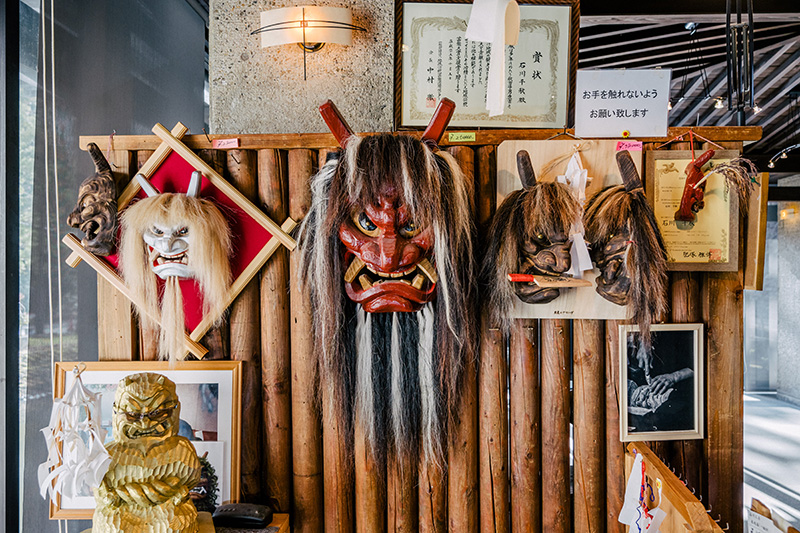
For those who want to experience a first-hand Namahage encounter, Oga Shinzan Folklore Museum, standing by the side of the Museum, organizes these at set times every day (only on Saturdays and Sundays from December to March). But if you want to experience the real deal on new year’s eve, things are a bit more complicated. As a response to the growing interest, there are now a handful of communities that welcomes tourists on new years eve. The Oga Tourism Association organized tours in 2019, that include an overnight stay as well as a local dinner, starting at 23,000 Yen.
A more accessible option would be to visit during the second weekend of February each year, when the Namahage Sedo Festival takes place at Shinzan Shrine, near the Namahage museum. During the festival, spectators can see a parade of various Namahage, who gather to take part in a Shinto rite after which various performances are held. The Namahage Sedo Festival has been an annual tradition since 1964. It is part of the “Big 5 Snow Festivals” in the Tohoku region, officially known as “Michinoku Godai Snow Festival”.
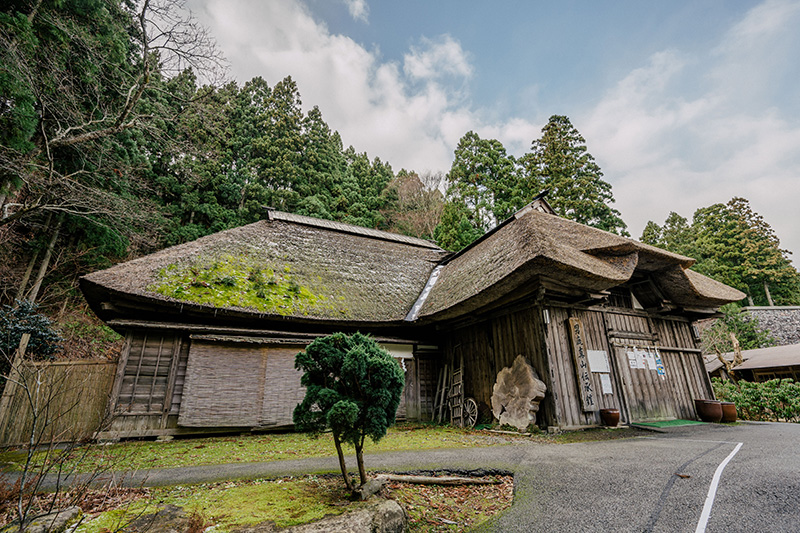
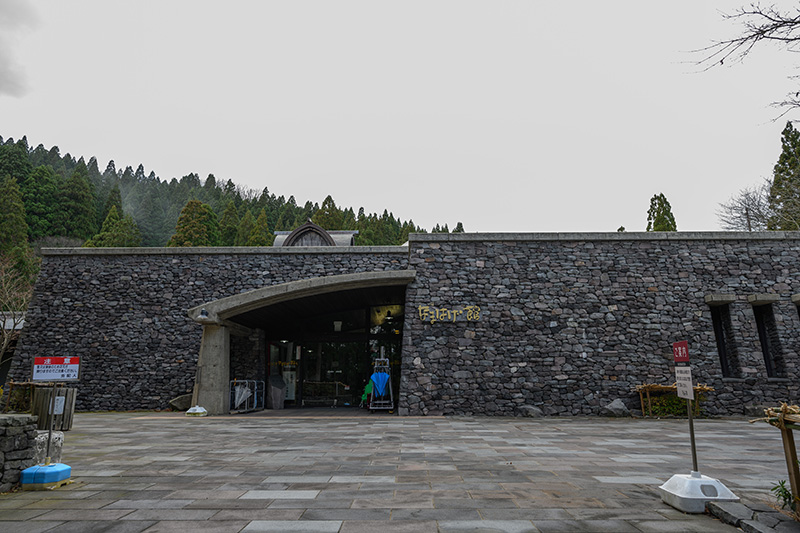

Address: Aza-Mizukuisawa, Shinzan, Kitaura, Oga, Akita Tel: 0185-22-5050 Hours: 8:30-17:00 Regular Holiday: N/A
https://stayakita.com/things-to-do/things-to-do-165